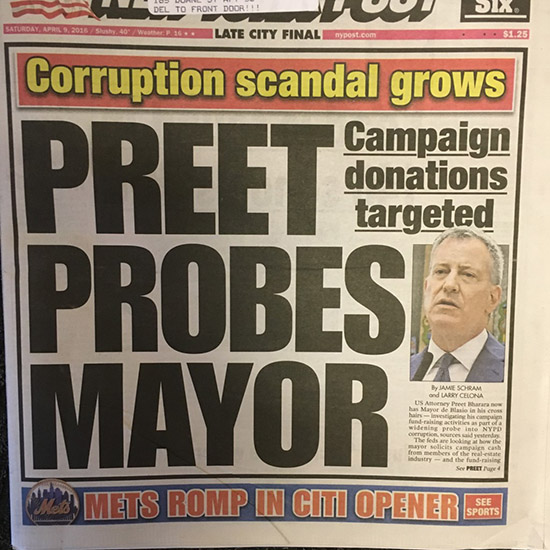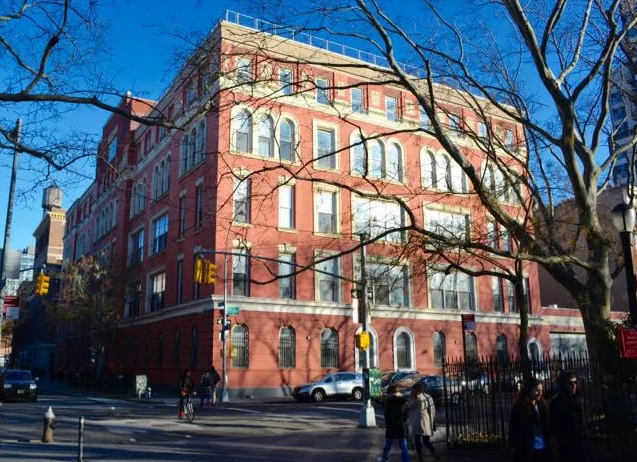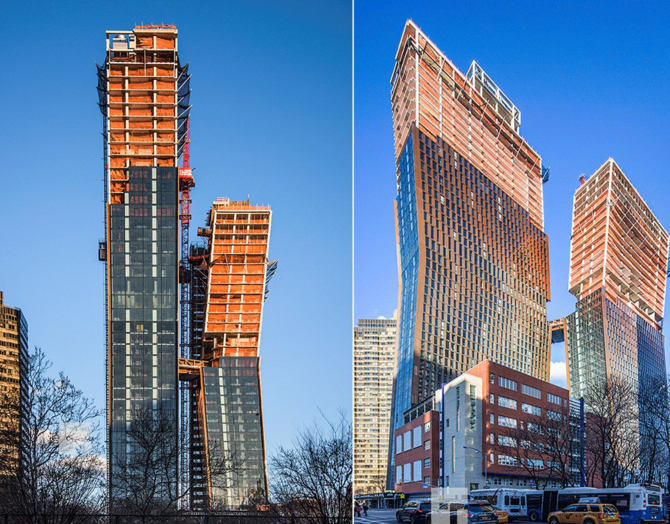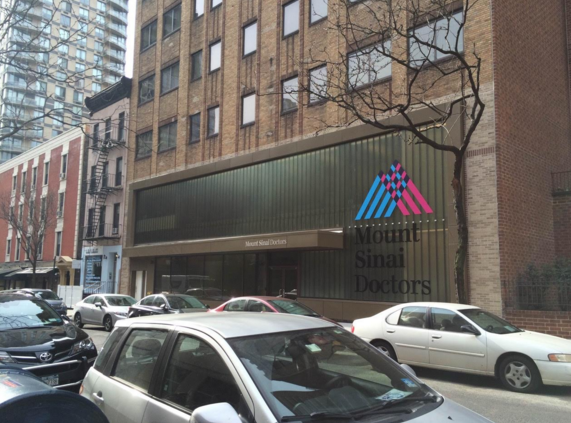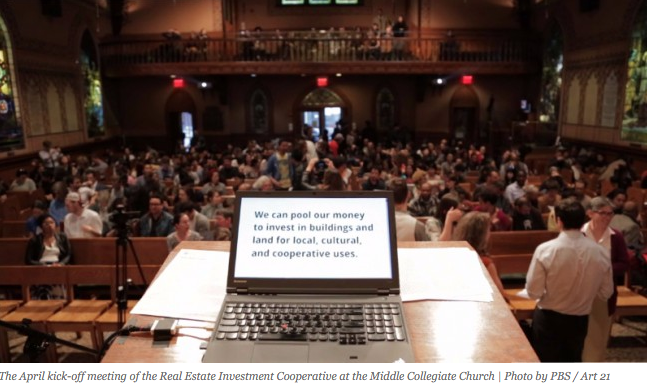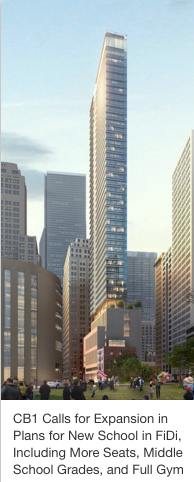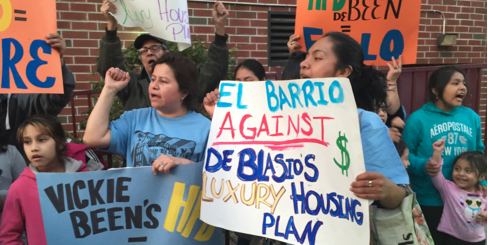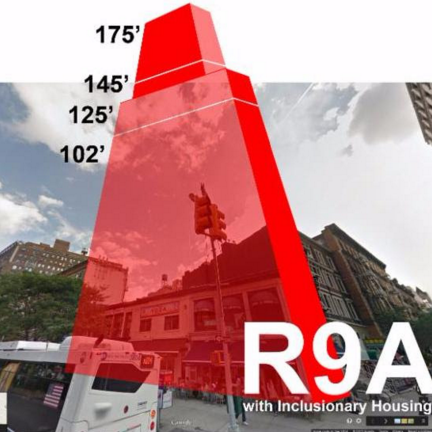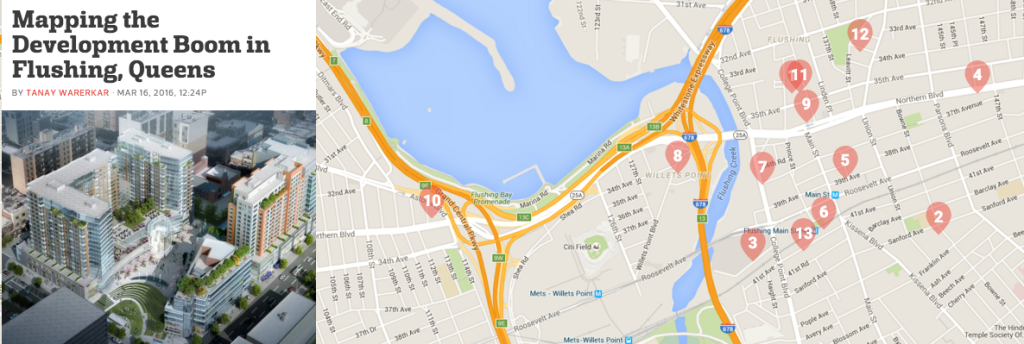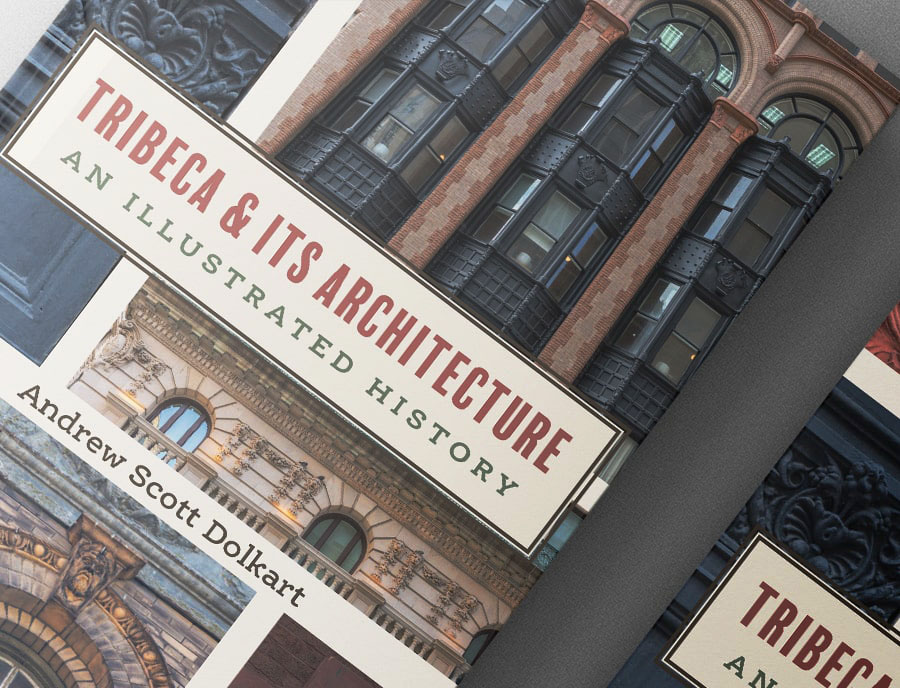Preet Opens Investigation that includes de Blasio
The Post reports that the Mayor is under investigation. Preet Bharara is looking into “how the Mayor solicits cash from members of the real estate industry.” Go Preet. While you’re at it, investigate all elected officials in New York City who receive real estate funding. And why not look into REBNY itself? In fact, let’s have a city version of New York State’s Moreland Commission Against Corruption.
Nursing Home Lost to Luxury Condos
Isn’t there another role for the Attorney General here?
Developers are currently under scrutiny for making a $72 million profit after New York City officials removed deed restrictions to allow a Manhattan health-care facility to become luxury condos.
According to a NY Daily News article, lobbyist James Capalino arranged for the deed restrictions to be waived thus allowing the nursing home to be sold. Capalino “steered $50,000 in donations to Mayor de Blasio campaign after pressing the city for a deed change.” Capalino is one of the most important lobbyists for the real industry. His client list in the real estate industry is immense. De Blasio’s administration his being scrutinized for their handling of removing the original deed restrictions from the property allowing it to be flipped for profit. According to the Wall Street Journal article, the de Blasio administration is now looking to see what too-late actions it can take against the developers. “’I’m not happy about it,’ Mr. de Blasio said Monday. ‘We need real guarantees that a company will not basically flip a property and use it for private gain when they’ve made a commitment to some public usage.’”
To read the full Daily News article, click here.
To read the full Wall Street Journal article (which may be paywalled), click here.
Eyesore(s) of the Week
(Images courtesy of 6sqft). The first contender (photo, top) for eyesore of the week comes from Evolo’s 2016 Skyscraper Competition. It was designed as a mega-tower/drone terminal. It’s a fantasy for sure, but it says much about what architects think about these days.
The Eastside is getting an eyesore of their own in Murray Hill. Construction is almost finished on a pair of buildings that are asymmetrical and copper-clad.
And last, third place eyesore of the week goes to this new Upper East Side facade (sent in by a reader), a facade that could not fit in less to the architectural fabric of its neighborhood.
The Quest for Community Run Commercial Space
In an effort to help eliminate chain stores and store-front vacancies from neighborhoods, a group of New Yorkers have formed the Real Estate Investment Cooperative (REIC). This group’s mission is to preserve or create stable, affordable retail locations for small businesses.
In an interview with Henry Grabar from Urban Omnibus, he talks with members of REIC to find out how they are serving their communities and helping small business owners find their place in New York City. The interview describes REIC as, “many things: It could create funds to purchase the property outright. It could provide gap financing to another purchaser. It could create a land trust as an ownership model. It has a lot of flexibility, but at the root, it’s a way of pooling the finances of individuals and residents, and creating a process through which that very large pool can make collective decisions about developing real property.” One of the REIC’s founding members goes on to state, “We are really trying to create something very nimble to respond to the different particularities of a community.” It is refreshing to find an organization that realizes the heart of the matter lies in preserving the community and focusing on its needs.
To read the full interview, click here.
Tall Building Follow-Up – The Struggle for School Space
CB1 has voted unanimously to call on the City to re-work and expand plans for a school slated to be located in a new tower development in Lower Manhattan. The elementary school, originally announced in January, will be incorporated into the base of a residential skyscraper. But for now it is back to the drawing board for developers. They are charged with needing to find space for “more school seats, a middle school, and a full-sized gymnasium.” School activists want more of the space for a school. They successfully introduced community board resolutions to that effect. Once again, this unhappy situation results from a game that is stacked against the community. Ugly high towers are imposed, and the community scrambles to get something out of it, with little more than advisory powers, playing a game they cannot win. The rules need changing to empower communities so that this kind of deal-making doesn’t have to be the norm.
To read the full article, click here.
Quote of the Week
Borough President Scott Stringer: “We have planned backwards as a City. We spend so much time thinking about tall buildings that we don’t think about how to build communities any more. We don’t think about how we build transportation infrastructure. We don’t think about the school population.”
In a counter point to the last article, CB1 also had to take into account the building being erected at 80 South Street. Plans came in with designs for 500 new apartments. As Paul Hovits, co-chair for CB1’s Youth & Education Committee, put it – that’s enough children to fill the new school that is being planned without taking into account all the children whom that new school was originally planned for.
To read the full article, click here.
East Harlem Protests Council’s Vote for Gentrification & Displacement
On March 23rd residents took to the streets to protest de Blasio’s Luxury Housing Plan. Members of Movement for Justice in El Barrio, neighborhood residents and constituents of East Harlem held a press conference to denounce the plan and support tenants’ rights.
Understatement of the Week Award to Andrew Miller of Novel Properties who said:
Developers Are “Very, Very Excited to Pioneer” New Neighborhoods Under De Blasio’s Affordable Housing Plan
At the recent Brooklyn Real Estate Summit, developers were heard openly discussing how Black and Latino neighborhoods, including the South Bronx, East Harlem, and East New York could be gentrified and profitably redeveloped.
To read the full article, click here.
Letter of From a Reader, Ed Jaworski:
Dear Councilmember:
In spite of the fact that so many of your constituents–including civic groups and the vast majority of Community Boards Citywide–are opposed to the MIH & ZQA proposals, it appears that the Mayor has bargained with and twisted many arms in advance of the vote by the full Council tomorrow, March 22.
For nearly a year now, I have been urging that City Planning define the phrase “Character of a Neighborhood”. A quick review of the documents you will vote on does not reveal the definition. Whether ZQA & MIH pass or not tomorrow, I would like to reiterate the importance of insisting that DCP provide such a definition–again, this process should begin as soon as possible whether or not the proposals pass.
A number of councilmembers have expressed concern about the Board of Standards and Appeals (BSA). The guidelines for variances and special permits note that the BSA is charged with protecting the character of neighborhoods. It does not. Why? Because it has no objective definition. The intent of special permits and variances have been compromised, and the intent of ZQA & MIH will be in jeopardy if the BSA proceeds without a non-genric/one-size fits all definition when it makes determinations.
Within ZQA & MIH, the BSA has roles, including regarding parking issues and preserving the “character” of neighborhoods, including special districts. In MIH, a sentence, referring to the BSA, reads: “The Board may prescribe such conditions and safeguards as it deems necessary to minimize adverse effects upon the surrounding area and the community at large.”
Previous Mayor Bloomberg and City Planning Chair Burden, as well as current Mayor de Blasio and other electeds, often stated how important it is to preserve the Character of Neighborhoods…that neighborhoods are what make the boroughs unique and interesting. The City Environmental Quality Review (CEQR) Technical Manual has a chapter onCharacter of a Neighborhood that includes this sentence:
“Neighborhood character is an amalgam of various elements that give neighborhoods their distinct ‘personality.’ These elements may include a neighborhood’s land use, urban design, visual resources, historic resources, socioeconomics, traffic, and/or noise.”
During the past dozen years, I have spent numerous days at the Board of Standards and Appeals listening and speaking to applications for variances and special permits (under ZR73-622). A requirement for such applications is that they not alter the”character of the neighborhood.” But, since the term is undefined and the BSA may apply subjectivity, that body has been bullied by land-use attorneys into accepting a one dimensional view of a block’s character. As a result ZR73-622 has created a mess, featuring numerous violations. Plus, the attorneys are allowed to use legally-unacceptable conclusory statements as proof…at Community Boards as well as at the BSA.
In short, I submit that many building, land-use, zoning issues encountered—including for affordable housing — could be better dealt with if there were an objective, comprehensive definition of “character of a neighborhood.” Of course, it might mean that City Planning would actually have to begin with real public outreach—perhaps guided by each City Council member and involving visiting blocks and speaking to citizens and civic groups, not just community boards– to arrive at substantial, thoughtful, community-based planning for blocks composing neighborhoods.
Thank you for your attention .
Sincerely, Ed Jaworski
President, Madison-Marine-Homecrest Civic Association
Summary of Changes to the Zoning Plan as Approved By City Council
Thanks to Landmarks West! for digging through the zoning text amendments released two weeks ago. It doesn’t look great on the ZQA front. Here’s what they’ve found:
- City Council eliminated height increases for new market-rate development in the “Manhattan Core” (including the Upper West Side between 59th and 110th Streets).
- Height increases of up to 30 feet will still apply to new development that includes at least 20% “affordable” units (not necessarily on site) in areas shown on this map (Broadway’s R9A district, for example, including blocks that were carefully rezoned just a few years ago but recently carved out of the new Riverside-West End Historic District extension). Affordable housing need only be maintained for up to 30 years (the extra height is permanent, of course).
- Rear-yard setback requirements are protected on residential side streets, but relaxed for Affordable Senior Housing on commercially zoned or wide streets (such as major avenues and cross streets).
- The “Sliver Law” preventing tall, skinny buildings on side streets midblocks remains intact.
- Housing is now required to provide a deeper range of affordability for low-income residents, and there must be more of it.
- New affordable housing must be permanent, but not necessarily in the same community (meaning that new development could still drive down overall neighborhood affordability in these zones).
The Mess in Queens
Image courtesy of CurbedNY
Flushing, Queens is now facing the same onslaught of big development as other parts of the city Known for being welcoming to immigrant communities Flushing is currently home to 13 new and active development projects as mapped out by Curbed.
To read the full article, click here.

